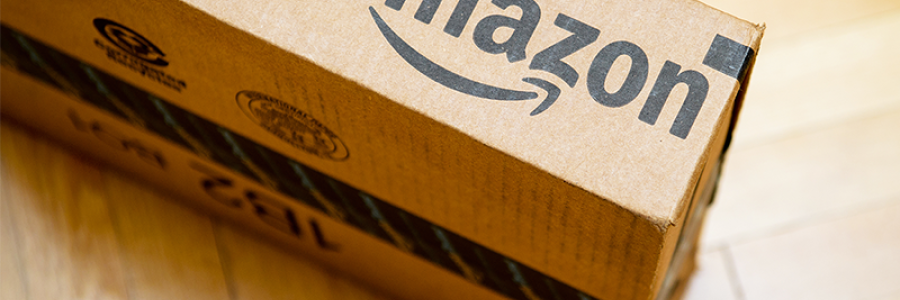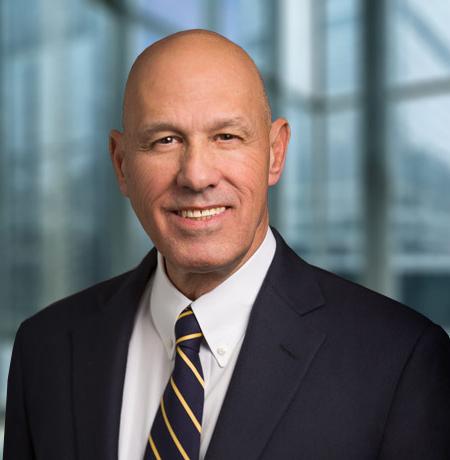
Amazon CEO Jeff Bezos paints on a big canvas. The canvas is so big that it is nearly impossible to step back far enough to appreciate the full picture. The fact that the picture is getting larger and being embellished every day makes it even more difficult to grasp its dimension and interconnections.
There is little doubt that Bezos is the smartest businessperson in the country right now, and I doubt that anyone fully perceives Amazon’s strategy. However, Amazon’s recently announced agreement to acquire Whole Foods for $13.7 billion is a useful lens to view some key elements of that strategy—and how it differentiates Amazon.
Amazon Is Bringing the Old Economy into the New Economy
Google and Facebook are intent on creating the tools, interactions, and experiences of the Internet economy, and on monetizing that economy. In contrast, Amazon is intent on using the tools of the Internet economy to change the direction and competitive dynamics of the post-industrial economy.
For Amazon, integrating the new and old economies creates a whole that is greater than the sum of its parts. Amazon has transformed the shopping experience with sophisticated algorithms, artificial intelligence, and high-tech fulfillment. Amazon has transformed the reading experience with e-books, streaming audiobooks, and voice-activated custom audio news. Bezos is even beginning to transform the business of newspaper publishing with his ownership of the Washington Post. By transforming these experiences, Amazon takes the old economy and creates new consumer demand and a new business model.
The acquisition of Whole Foods is perhaps the best example of this strategy. Grocery shopping is the ultimate example of the old economy. Food trails only housing and transportation as a percentage of consumer spending, and consumer spending on groceries is roughly equal to consumer spending on healthcare, according to the Bureau of Labor Statistics. Grocery shopping is an in-person experience that has been updated only modestly over the years. Despite widespread awareness of the inconveniences of grocery shopping—parking, finding items, waiting in checkout lines—companies like Walmart, Peapod, and Amazon itself have yet to transform grocery shopping into an Internet-era experience. Whole Foods provides Amazon with a large sandbox to figure out how to make that transformation. In the process, Amazon will create even more loyal customers by owning another major segment of consumer spending.
Amazon Does Not Care About Walmart
It is tempting to assess Amazon’s acquisition of Whole Foods in terms of the effect on so-called competitors, particularly Walmart, which has been striving to integrate in-person and on-line shopping. However, Amazon’s acquisition of Whole Foods is part of a very different strategy than trying to surpass Walmart or any other competitor. Amazon’s measure of success will not be its profit as a grocery seller, but its ability to create a transcendent consumer experience. Amazon has unmatched experience, infrastructure, creativity, and capital to make that happen. Expect Amazon to figure out how to speak your order to Alexa and get fresh items delivered quickly, use a GPS to lead you to any item you want at the Whole Foods store, use a smartphone scan as a substitute for a checkout line, and even more radical ideas still known only to Amazon.
Even that transformation is not an end in itself for Amazon. Selling groceries is another component of Amazon’s larger bid for broad-based essentiality. It is one more way to provide Amazon more traffic, more data, and more ways to be integral to the lives of more people.
For Amazon, Process Is As Important As Outcomes
Bezos once said in a letter to shareholders, “I believe we are the best place in the world to fail."
Amazon’s failures have not been small. The Amazon Fire phone cost the company hundreds of millions of dollars, but Bezos said, “We're working on much bigger failures…some of them are going to make the Fire Phone look like a tiny little blip.”
For Amazon, failure is a necessary part of experimentation. If you’re not failing, you’re not experimenting enough. Amazon sees Whole Foods as a part of the unending process of experimentation—in this case, an experiment that will allow the company to learn about the grocery business and about commerce in a bricks-and-mortar setting, where more than 90 percent of consumer spending still takes place. Buying Whole Foods will help Amazon master the in-person retail experience and attach that retail experience to the Internet economy, and in the process create a brand new retail experience.
Amazon’s Dominance Is Structural
The foundation that allows Amazon to have such a farsighted business strategy is its structural dominance. That dominance has many ingredients. One is the extraordinary loyalty and spending generated by its Prime program. Estimates suggest that Amazon Prime has 65 million members, and they spend 4.6 times the amount of non-Prime Amazon shoppers. Another foundation of Amazon’s dominance is its enormous scale as a retailer, offering almost 400 million items to 183 million average monthly site visitors.
Finally, by developing its business-to-business services, primarily cloud storage and sales fulfillment—Amazon has become essential not just to consumers, but also to other businesses, including Amazon’s competitors. A recent Wall Street Journal headline says it all: “Walmart to Vendors: Get Off Amazon’s Cloud.”
Amazon’s big picture is to be everywhere. Through a complex integration of sales, service, experience, and infrastructure, Amazon is well on its way to embedding itself throughout every big and little corner of the economy. That is not just a big picture, but perhaps the very biggest business picture. Amazon’s purchase of Whole Foods is just the latest element in Amazon’s grand design to remake the commercial superstructure of America.
Your comments are welcome. I can be reached at kkaufman@kaufmanhall.com
